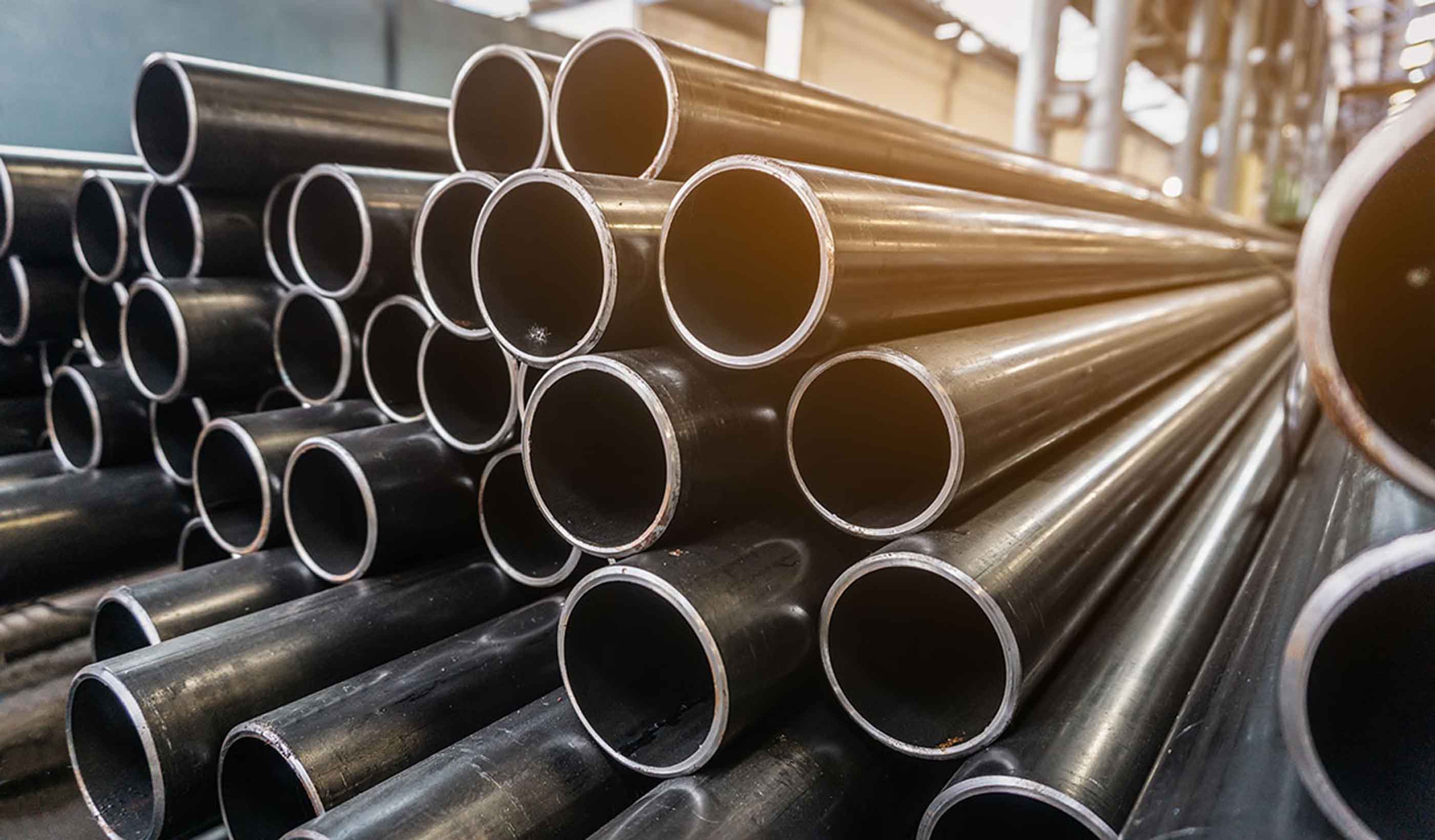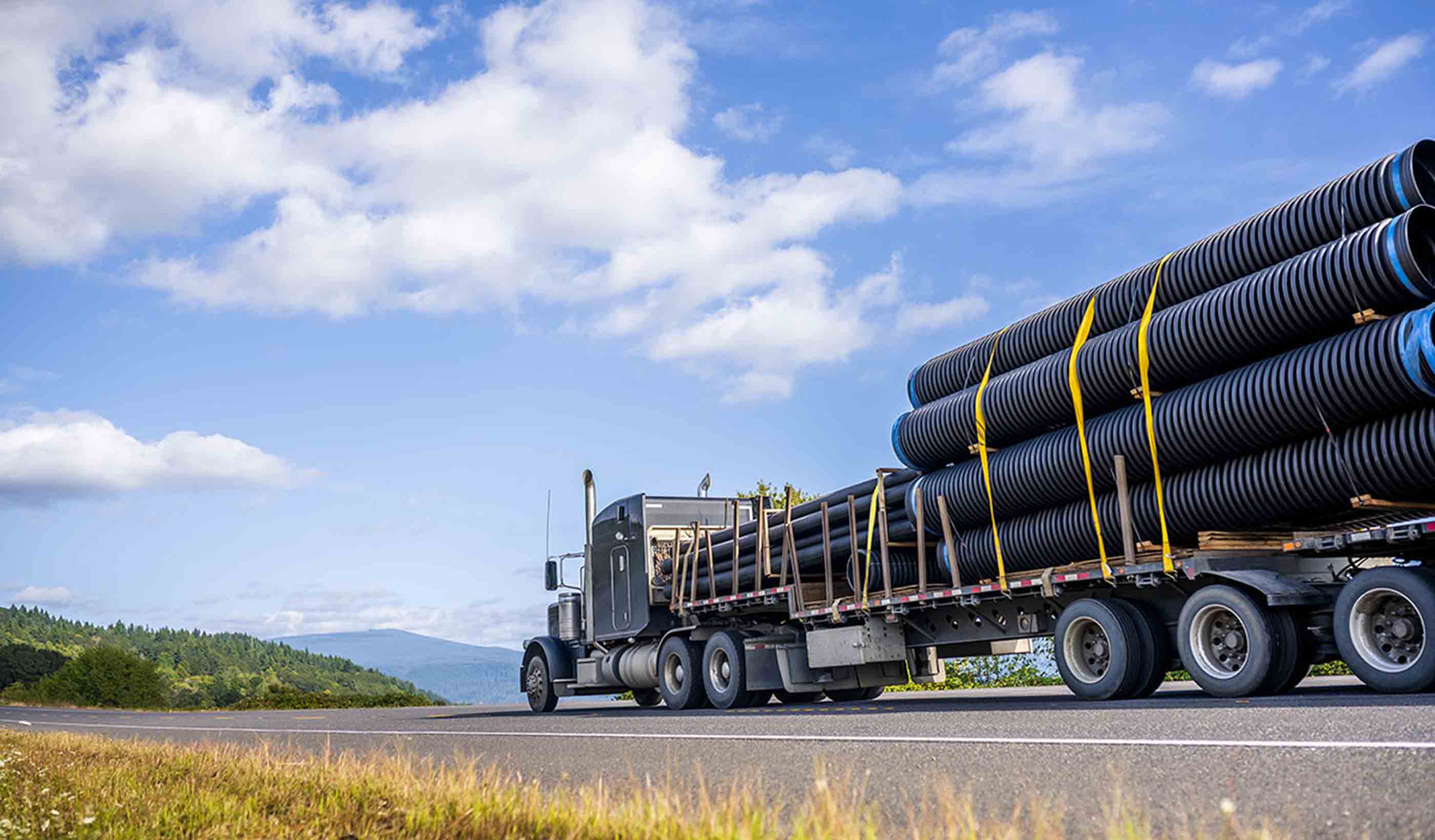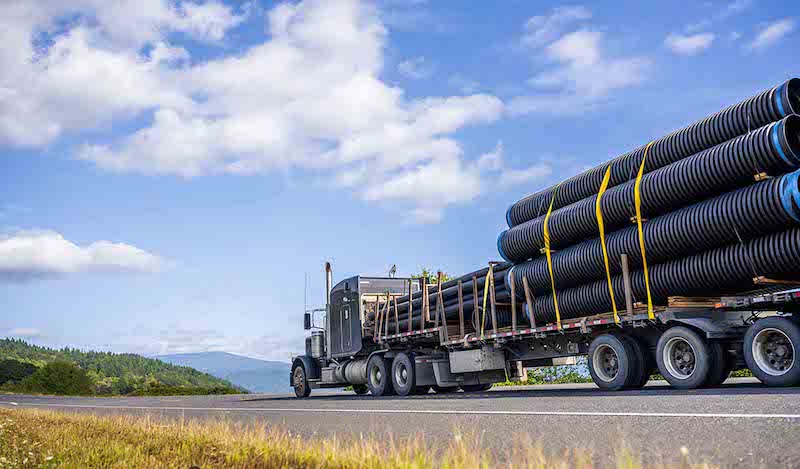Climate change, net-zero carbon, circular economies, social value, health and safety, environmental protection—how can we better equip ourselves to win these battles? The answer lies in innovation and the development of new processes to support us in the fight.
In 2020, our team began exploring the creation of a materials passport—a means of tracking materials through the value chain so that these issues can be improved. Stantec’s materials passport looked to log the location, embodied carbon, ingredients, and other attributes of products as they make their way through the value chain. Our materials passport wanted to include all the players in the value chain, from exploration and extraction all the way through to the end user and the products’ reuse at the end of its design life.
A materials passport would help measure and track an asset’s social impact, future value, health and safety related attributes, carbon footprint, and design performance so that people can better understand how well it fits with their own values. It can be a new tool for the fourth industrial revolution—a new platform to “measure, record, improve.”

While the production of materials passports won’t be possible for our team soon, we know their existence would certainly be of benefit, not only to the business but also to our neighboring industries, communities, and clients. Therefore, it is well worth sharing what we know so far.
Passport challenges
For Stantec’s exploration of a materials passport, we needed to pick something simple for a prototype, so we started with:
- Product: Polyethylene pipes
- Traceable qualities: Embodied carbon, batch numbers, and materials ingredients
- Links in supply chain: Exploration, extraction, refinement, and manufacture
Could we trace these things? Kind of, but there were challenges and the largest one by far was around the love-hate relationship we have with carbon. No one we approached wanted to talk about it.
Every person is responsible in some way for releasing carbon into the atmosphere—from the flights we take to the water we receive from our taps. While we’re at it, as humans, we are even made of carbon! Despite all this we hate the stuff, which is natural given its impact on our planet. As a result, companies are unwilling to divulge any information they have about their carbon footprint. That’s the strange thing about carbon—it’s a dirty word and it will need a bit of a cleanup if we want to achieve net zero.
Let’s look at how we can make an impact. To get to net-zero carbon, hard lines need to be taken. Perhaps an all-out assault is only serving to push the subject into the shadows, creating a complete lack of transparency. If we were to say to CEOs of, for example, oil refineries: “Hey, we understand that embodied carbon goes with the territory with current technologies,” then maybe they would be more open about how it’s being measured and wearing the numbers on their sleeves. If you were a sprinter trying to improve your 100-metre sprint time, wouldn’t it be valuable to have confidence in your run times? We need the accurate data, so if we make carbon a taboo subject, we jeopardize its measurement.
Passport positives
So, how could a future with materials passports be better? Let’s imagine you’re an investor buying an apartment block for lease, you can offer up passports to your tenants. Here are a few benefits:
Ethics and social value
Your tenants would know where the materials have come from, determine if they have been ethically sourced, produced, and handled, as well as how many miles they have journeyed. This feeling of emotional investment could work in everyone’s favour.
Embodied carbon
A figure for embodied carbon can be calculated and assigned to an apartment, creating transparency so that choices can be made as to whether it’s a good fit with the tenant’s stance on carbon reduction. Some would pay a premium to lower that all-important number.
Toxic materials
People have children and pets, and the toxicity of the apartment’s finishings is important information to have to keep everyone safe. Sure, we have come a long way since we had lead in paint and asbestos in curtains, but who knows, there could be new materials we use today that seem perfectly fine—as lead and asbestos did back in the day—only to discover in the future that there is some toxic or harmful quality about them. A materials passport would pool together this kind of data.
Flammability
How flammable is the apartment block? In the UK, we can’t forget the utterly tragic event on July 14, 2017, when the Grenfell Tower caught fire killing 72 people. This called for an improvement of building regulations that has led to investigations into combustible materials being used in cladding. Materials passports could serve as a proactive measure allowing quick identification of such things when a sudden change in regulation needs to be actioned.

Global adoption
The creation of materials passports will need more than individual entities trying to kick-start the process. It will need a tide of change, getting all stakeholders on board at the ground level instead of having a few individuals trying to create something fully formed in isolation, it needs a holistic approach with everyone buying-in at the same time.
So, how do we do that?
One way might be through institutions and associations. If they show support for materials passports and offer platforms for people to express their ideas about them, this might allow for a springboard of influence so that necessary tipping points can be reached. Once hearts and minds are won, legislations and frameworks can be developed and rolled out.
The full spectrum of industries could then start slowly and build momentum, maybe adopting miniature materials passports at first. For example, start with the toxicity of materials as they migrate and evolve through the value chain and then expand it to other attributes. Whatever is needed for materials passports to get up and running, it would be better to start with everyone doing a little bit, instead of a few people doing it perfectly.
The personal touch
The fourth industrial revolution has ushered in the concept of people being their own brands. In some ways, whether we like it or not, we define our brand all the time. The classic example of this in the past has been fashion. Now we can have the opportunity to extend this to many other things in our lives, and materials passports can help us with that.
What’s more, passports can be produced at every stage of the supply chain. Investors are brands. Construction companies are brands. Manufacturers, refiners, and extractors are brands. With materials passports, all the players in a product’s journey can make decisions in line with what their brand stands for.
More from Author
Stantec | Jul 18, 2024
Why decarbonizing hospitals smartly is better than electrification for healthcare design
Driven by new laws, regulations, tariffs, ESG goals, and thought leaders in the industry itself, healthcare institutions are embracing decarbonization to meet 2050 goals for emissions reductions.
Stantec | Jun 18, 2024
Could ‘smart’ building facades heat and cool buildings?
A promising research project looks at the possibilities for thermoelectric systems to thermally condition buildings, writes Mahsa Farid Mohajer, Sustainable Building Analyst with Stantec.
Stantec | Jun 8, 2024
8 ways to cool a factory
Whichever way you look at it—from a workplace wellness point of view or from a competing for talent angle—there are good reasons to explore options for climate control in the factory workplace.
Stantec | Apr 18, 2024
The next destination: Passive design airports
Today, we can design airports that are climate resilient, durable, long-lasting, and healthy for occupants—we can design airports using Passive House standards.
Stantec | Mar 18, 2024
A modular construction solution to the mental healthcare crisis
Maria Ionescu, Senior Medical Planner, Stantec, shares a tested solution for the overburdened emergency department: Modular hub-and-spoke design.
Stantec | Nov 20, 2023
8 strategies for multifamily passive house design projects
Stantec's Brett Lambert, Principal of Architecture and Passive House Certified Consultant, uses the Northland Newton Development project to guide designers with eight tips for designing multifamily passive house projects.
Stantec | Apr 10, 2023
Implementing human-centric design in operations and maintenance facilities
Stantec's Ryan Odell suggests using the human experience to advance OMSF design that puts a focus on wellness and efficiency.
Stantec | Jul 6, 2022
5 approaches to a net zero strategy that communities can start right now
Whether your community has started on a plan or is still considering net zero, now is the time for all of us to start seriously addressing climate change.
Stantec | Feb 14, 2022
5 steps to remake suburbs into green communities where people want to live, work, and play
Stantec's John Bachmann offers proven tactic for retrofitting communities for success in the post-COVID era.
Stantec | Feb 8, 2022
How gaming technology is changing the way we design for acoustics
Adding 3D sound from gaming engines to VR allows designers to represent accurate acoustic conditions to clients during design.
















